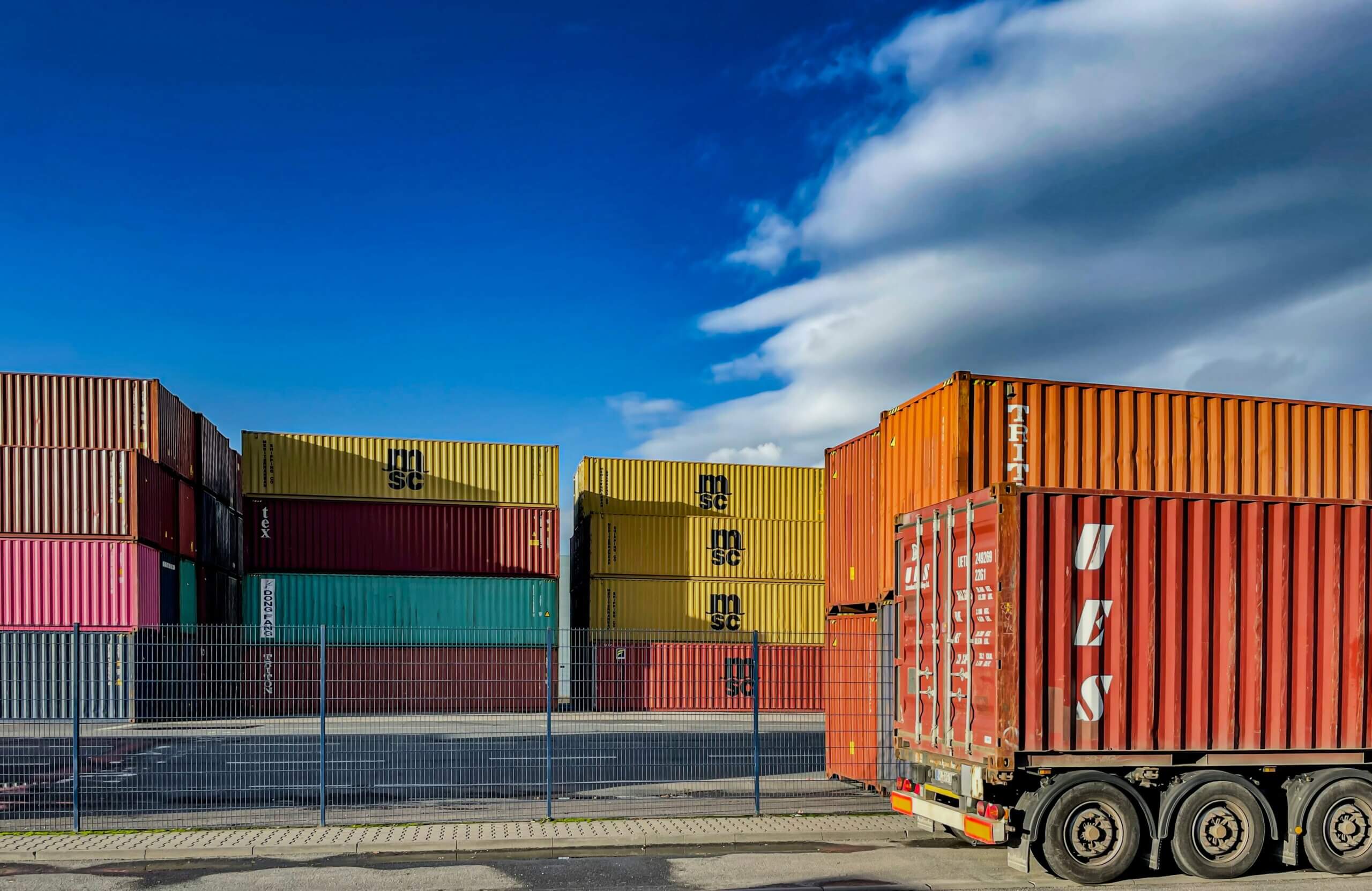Supply chain constraints and disruptions are key factors exacerbating inflation right now. Tight manufacturing capacity, labor shortages, and unreliable transportation schedules are all contributing to the imbalance between supply and demand, putting upward pressure on prices.
Surging Prices
The latest June US Consumer Price Index data shows price inflation hit a 13-year high, with prices rising 5.4 percent year-over-year. Some are even forecasting a 6 percent annualized inflation rate for consumer goods by October. In fact, the US economy has not seen such a spike in rising prices in modern times since the “Great Inflation” period of 1966 to 1982.
What’s going on? In short, demand is exceeding the supply of goods. Government spending and stimulus payments to address the economic impact of COVID-19 overheated demand as consumers had extra dollars in their pocket to buy more goods. But since most industries cut back production and laid off workers at the start of the pandemic, manufacturers and retailers were caught by surprise when demand suddenly rebounded. Even though manufacturers are ramping up production, companies are having trouble rehiring factory workers and getting parts.
Transportation bottlenecks and limited carrier capacity are adding to the supply chain woes. Companies bringing in products to the United States from Asia have been particularly hard hit. Since the pandemic got underway, supply chains have struggled with bottlenecks at key harbor gateways. At the start of the pandemic, West Coast US ports fell behind in handling container freight as port labor was limited due to illness and government regulations. Even as the pandemic appears to have eased somewhat in the United States, ports still have not recovered from being overwhelmed with cargo volumes when ocean shipping picked up last year. Clogged ports continue to delay cargo unloadings and loadings. A project44 analysis of ocean shipping data in its network found that the average cargo delay for port unloading was 5.9 days for the first six months of this year.
Adding to the problem of port bottlenecks is tumultuous ocean-shipping with importers experiencing transit delays, blank sails, and rollovers. Data from our ocean shipping analysis found that the average rollover rate for the last three months is 41 percent. Unreliable sailing schedules, clogged ports, and reduced steamship line capacity have resulted in longer times for door-to-door movements of goods.
An exclusive project44 survey of more than 200 importers and exporters this spring found 39 percent of respondents had seen their lead times increased by four weeks or longer. (Read the full survey. https://www.project44.com/reso…) That same survey also found 28.4 percent of respondents said current port congestion and the ocean shipping capacity crunch has impacted between 70 to 100 percent of their inventory holdings.
The end result of increased lead times is that consumers either have to wait for goods or pay more for the items they want. And when many consumers are willing to pay more for a desired product with a limited supply, prices go up.
Visibility-Enabled Supply Chain Orchestration
What can be done to increase supply? Along with boosting manufacturing output, companies can take steps to better manage their end-to-end flow of inventory to ensure product availability by using a Real-Time Transportation Visibility (RTTV) platform for supply chain orchestration.
project44’s cloud-based, advanced multi-modal visibility platform gives supply chain partners real-time transparency on the whereabouts of shipments along with decision-making intelligence. It provides exception alerts to departures from delivery schedules and calculates predictive end-to-end, global estimated-time-of-arrivals based on real-time tracking data, including ocean container tracking.
By giving shippers insights into their orders and shipments, companies can take corrective action to minimize the impact of shipment delays on inventory replenishment. They can use carrier performance analytics to make smarter choices regarding shipment mode and carrier selection to maintain delivery schedules. Better overall orchestration of transportation movements in the supply chain would shorten lead times and ensure more timely arrival of goods from factory to the retail shelf, increasing product availability.
Improved Supply Chains are Inflation Fighters
From a macro-economic view, it will likely be several months before inflation begins to ease as companies make and move enough product to meet demand, assuming other factors don’t come into play to raise prices. Companies that figure out ways to increase production and better orchestrate their supply chains will be the ones leading the way in the fight to tame inflation.



